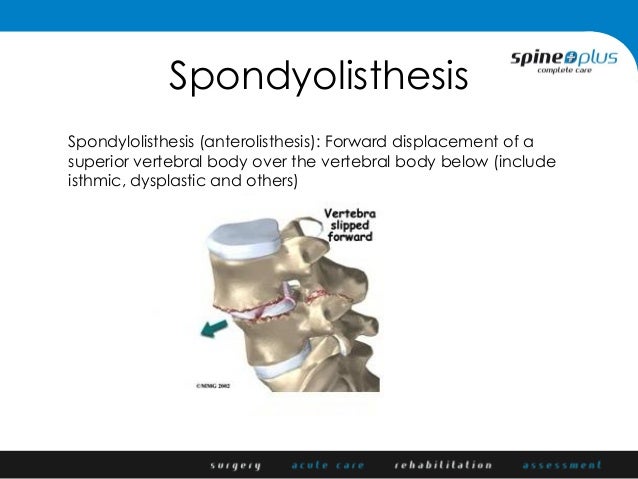
Very often, when searching for painful conditions that affect the lower back and are connected with pars defect, you will come across spondylolysis and spondylolisthesis. This could be due to trapped nerves, muscle soreness, or inflammation. Any defect of the pars interarticularis will cause stiffness, pain, and severe discomfort in your lumbar area. Your pars interarticularis (or, just pars for short) is a small piece of bone at the base of your spine where L4 and L5 vertebrae are located. These elements provide strength to your body and allow the body to move, bend, and pivot freely. Stephen Kishner on Medscape says that your lumbar spine contains large muscles, ligaments, tendons, vertebrae, and sensitive nerves. The bottom of your spine contains 5 lumbar vertebrae which are numbered one to five: from L1, which starts around your middle back, to L5, which connects to your sacrum (the triangular-shaped bone between your hip bones).ĭr. Sorry for the long post… it has just been a bit of a mental challenge over the last few days trying to digest the news, rejig goals and plan ahead.The area of your lower spine is generally referred to as your lumbar area. How do you know when your nerve is getting damaged? When you should implement a solution to prevent nerve damage?ģ. Has anyone encountered something similar and what path did you take?Ģ. My preference would be to prevent or delay surgery for as long as possible whilst limiting any future damage to my back and nerves.ġ. I am just more consciously aware of the issue, which has probably affected me more mentally than anything else. I am not getting any share shooting pains done my body (leg), I am walking fine, have no back pain, etc. I kind of agree with the second opinion but I don’t want to risk nerve or back damage. He said to monitor this over the next 2 months to see how it progresses. He didn’t think the current nerve issue was serious as I was only feeling limited pain or numbness. In the meantime, I went to get a second opinion (expert spine physio), who did not agree with the advice and suggested I try passive treatment which would involve no more running and slow build up to core training with stretches. I am seeing the surgeon this week to see what his recommendation is. The medical expert has suggested I undertake surgery which would involve a fusion (ALIF and PLIF), which was a major shock gut wrenching. One good news is that the Spondylolisthesis seems stable based in flexion / extension X-rays Unfortunately the result came back with grade 2 Spondylolisthesis with some impingement of the nerve. However in January the tightness and slight numbness came back so I decide to get an X-Ray and MRI done. Things seem like they were getting better in Dec. I decided to see another physio who treated the issue as piriformis strain. This can be triggered by running up to 7-10km or standing and sitting for too long. However, my right calf and hamstring would feel pretty tight minor tingling on the right lower and outside of the calf and top off foot. After physio treatment over two months the hip pain went away and hasn’t come back. Pain was generally a 2 but one stage hit a 7 on a scale of 10. It would take a good 10-15 mins to walk off the pain / stiffness.

It has been quite a journey to get here, but 4 months ago I encountered right hip pain and tightness when waking up in the morning. However, there has been no recent incident that I can recall that would have caused this injury. I was an active runner over the last six years running a few marathons and ultra runs. I have just been diagnosed with grade 2 Spondylolisthesis at L5/S1 with bilateral pars defect at L5, which has resulted in posterior uncovering of the disk and impingement of bilateral L5 existing nerves (worst on left side).


 0 kommentar(er)
0 kommentar(er)
